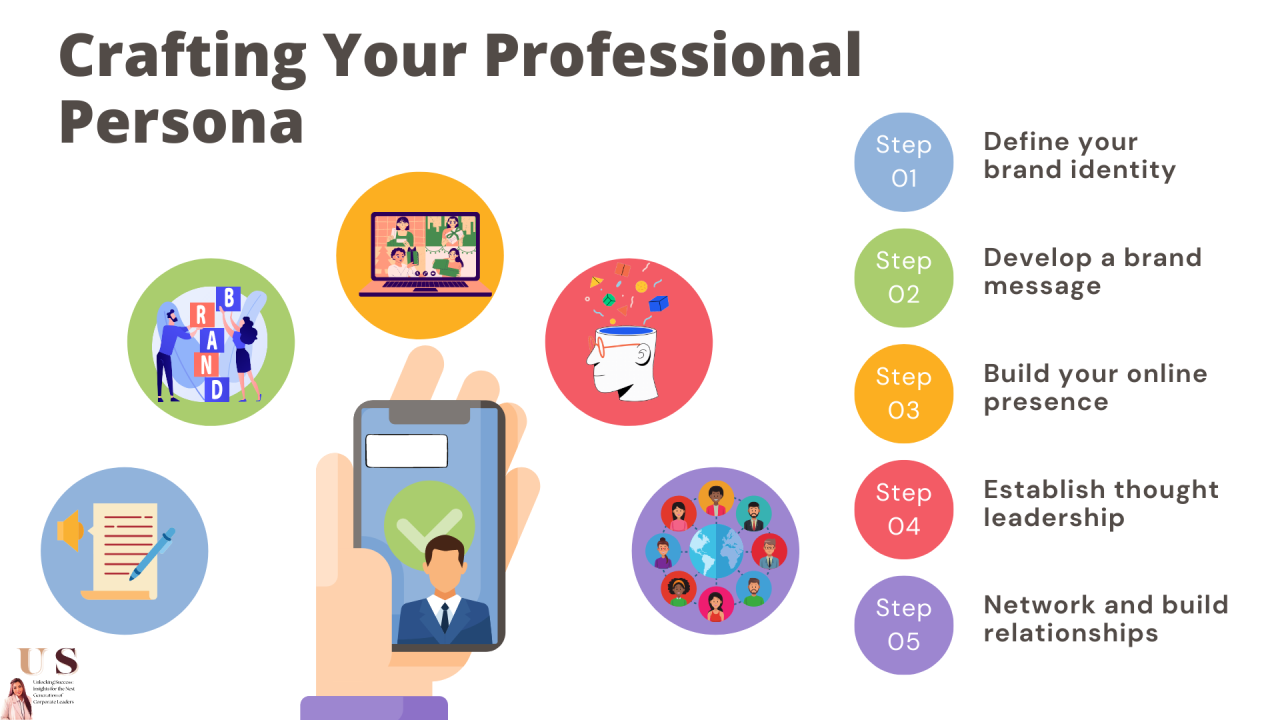In today’s competitive market, building a strong personal brand is essential for creative professionals. Whether you are a designer, artist, writer, or musician, a well-defined personal brand can help you stand out, attract clients, and grow your career. A strong personal brand not only showcases your unique talents but also communicates your values, personality, and professional identity. This article will guide you through the steps to build a compelling personal brand as a creative professional.
Defining Your Unique Value Proposition
The first step in building a strong personal brand is to define your unique value proposition (UVP). According to Lisa Ockinga, Chief Product Officer at Ling, “Your UVP is what sets you apart from other professionals in your field. It’s a combination of your skills, experiences, and the unique perspective you bring to your work. To define your UVP, reflect on your skills, talents, and achievements. Consider what you excel at and what others often praise you for. Understanding your audience is also crucial. Think about who you are trying to reach with your brand and what their needs and preferences are. This understanding will help you tailor your message and offerings to resonate with your target audience.”
Creating a Cohesive Brand Identity
“Once you have a clear understanding of your UVP, the next step is to create a cohesive brand identity. This involves developing a visual and verbal identity that reflects your unique style and voice. Your brand identity should be consistent across all platforms, from your website and social media profiles to your portfolio and business cards. Choose a color scheme, typography, and design elements that reflect your personality and the nature of your work. Your brand voice should be authentic and consistent, whether you are writing a blog post, sharing a social media update, or communicating with clients” says, Gerrid Smith, Chief Marketing Officer at Joy Organics
Engaging with Your Audience
Finally, building a strong personal brand requires consistent effort and engagement. Regularly update your portfolio with new projects and showcase your work on social media. Engage with your audience by sharing insights, behind-the-scenes content, and personal stories that highlight your journey and values. Networking is also crucial. Connect with other professionals in your industry, participate in relevant events and online communities, and seek opportunities for collaboration. Building relationships with influencers and thought leaders can also help increase your visibility and credibility.
Conclusion
In conclusion, building a strong personal brand as a creative professional involves defining your unique value proposition, creating a cohesive brand identity, and consistently engaging with your audience. By showcasing your unique talents and staying true to your values, you can create a compelling personal brand that attracts clients and helps you grow your career. Investing time and effort into your personal brand will pay off in the long run, enhancing your professional reputation and opening up new opportunities for success.



